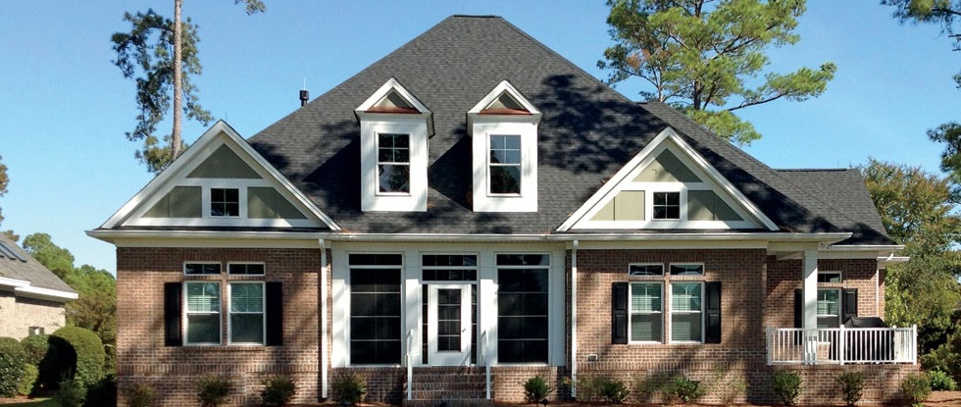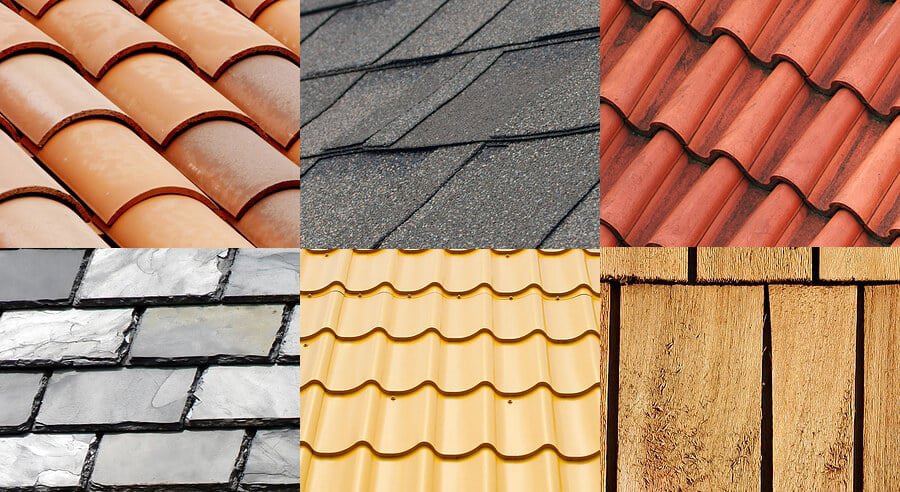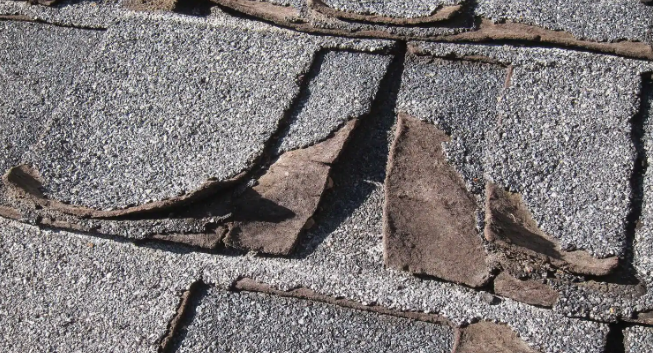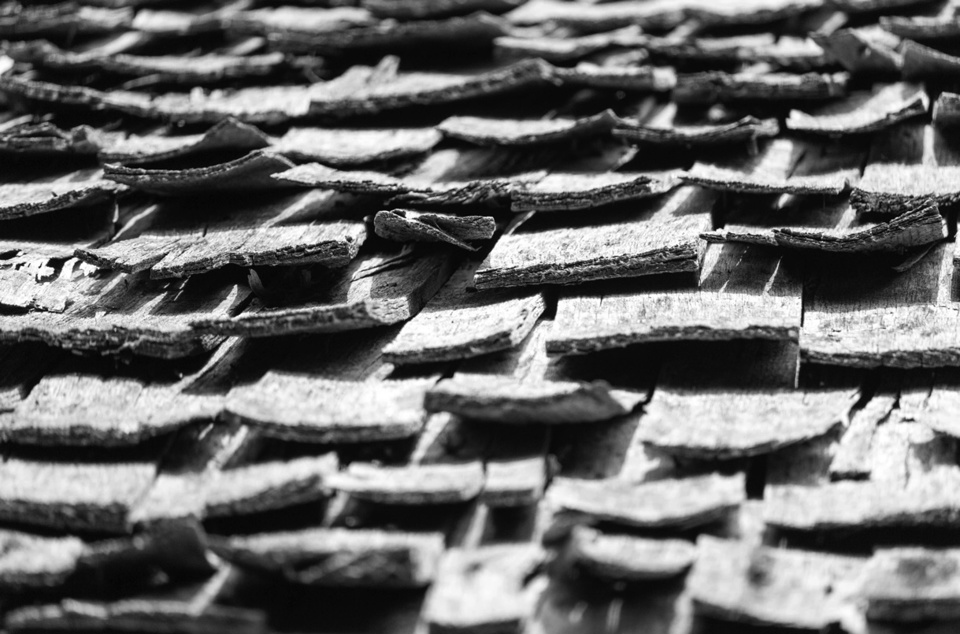
Should I Repair or Replace My Roof?
The weather's heating up, and we’re moving closer to the height of repair and remodeling season. As a homeowner, you may take inventory of your home to determine if your home’s exterior needs touch-ups. But as you examine each corner of your home, don’t forget to look up!
Late summer and fall are roofing seasons in the remodeling industry. That said, early summer is a key period to survey the health of your roof. May and June are perfect opportunities to ensure that your roof is in its best operational state. Given that your roof plays a critical role in protecting the interior of your home and regulating its temperature, it’s important to keep abreast of roof health and address any issues as they arise.
Roof replacement and roof repair are two approaches to ensuring your home has the best protection from the elements. But how do you know which approach to choose when issues have arisen with your home?
In this article, we’re running down a few things to remember when tending to your roof, some of the most common roof issues, and how to best address them.
You (Probably) Need a Roof Inspection Soon

First things first, it is advised that you have a professional inspector take a look at your roof. Whether or not you notice anything off with your roof, it’s always good to have a second pair of (trained) eyes that offer insight into its health. You may notice a few cracked or missing shingles, but professional roof inspectors can identify other serious issues, like moisture, that can create serious issues with your building materials. A certified inspection twice a year can cut problems like mold and rot off at the pass. Generally, it’s recommended that homes be inspected in spring and fall. This way, you can rest assured your shingles or shakes are in prime condition to handle the heat of the summer and the cold and ice that winter brings. Don’t let a small leak turn into a major (and expensive) roof rafter repair job.
Consider Your Roof’s Age

Aside from keeping up with regular roof inspections, you’ll want to be sure to keep an eye on the age of your roof. Do you remember when your current roof was installed? If not, it’s advised you take a look at your home’s records. Age is one of the biggest factors determining maintenance and replacement needs as roofing materials begin to age as soon as they are exposed to the elements. You’ll want to pinpoint the year your current roof was installed and the manufacturer and contractor. If your roof is reaching the end of its warranty, you may seriously consider moving forward with a replacement. This will ensure that you not only have the most capable shingles, shakes, or tiles working to keep your home safe and comfortable, but you’ll also be covered under a new warranty that will offer you recourse in case of issues with the materials. The best roofing manufacturers offer guarantees for their products; make sure you’re in a position to take advantage of these benefits!
Consider Your Roof’s Materials

If your roof is aging but still under warranty, you may consider replacement depending on the roofing material on your home. Asphalt, wood, composite, and tile all age at different rates. Asphalt shingles are the most common roofing material on homes across the United States. Economical and available in a wide range of colors and dimensional profiles, they’re an ideal choice for various home styles.
Asphalt shingles generally last from 10-30 years. Shingles exposed to lots of direct sunlight, high heat, frequent hail, and heavy winds may have a shorter lifespan. A full roof replacement may be recommended if your inspector notices age-related defects in many areas of your shingles.
Wood shakes, and shingles can add a lot of character to a home. Certain woods, like cedar and redwood, contain oils that resist moisture and insects. Also, with proper treatment, wood roofing has a comparable lifespan with asphalt. Regular inspections are especially advised with these roofing materials, as wood shakes and shingles are pricier than asphalt. If you can intercept minor issues early on, you can increase your chances of avoiding a full replacement of these premium products.
Composite roofing materials are premium options that typically offer longer lifespans - around 50+ years. Composite, however, can be more susceptible to wind damage. Most contemporary composite materials are rated to withstand 110-115 mph winds. Your roof inspector will be able to identify if materials have been lifted enough to allow moisture to seep in. Shingles, shake, and tiles lifted in a way that has compromised the materials underneath will call for a roof replacement.
Missing Granules on Your Asphalt Shingles

Missing granules are serious but may only require a bit of roof repair, depending on severity.
Most asphalt shingles in the United States are constructed of fiberglass, covered in asphalt, and then topped with layers of sediment granules. Aside from adding vibrant shades to your roof, these granules play a key role in keeping your home energy efficient. Granules are added to shingles because they keep UV rays off the asphalt coating and increase fire resistance. In other words, they play an important role in keeping your roof cool (and cost-saving) and safe. If they’re on the ground, they aren’t doing their job.
Roofs lose granules over time. Depending on the age of your roof and how many granules it’s lost, you may be able to replace just a few shingles rather than opting for a full roof replacement.
Your Roof Materials are Cracking or Curling, Missing

Noticing very obvious issues with your roof materials? You may be tempted to remove and repair the trouble shingles or tiles and be done with it. But remember, there’s often more than meets the eye regarding roof issues.
If your asphalt shingles are curling or cracking, this is a sign that a bigger issue could be at hand - leakage. Cracked shingles typically occur from hail, other impact damage, and age. Curling shingles typically occur from faulty installation or age.
The wind is often the biggest culprit of missing shingles, but hail can also cause this. A shingle lifted or blown off the roof may have loosened the sealant and the nail. This needs to be addressed immediately.
Roof Replacement is Your Best Course of Action for:
Age/Warranty Expiration - Check your warranty and replace it once your roof has passed its prime. This is your chance to avoid costly issues down the line.
Excessive Granule Loss - Granules will wear off with age, but fewer granules can start to impact your roof's energy efficiency and fire resistance.
Signs of Moisture or Water Damage - Moisture can lead to structural damage; address it immediately.
Missing, Curled, or Cracked Shingles - This opens the door to moisture and damaged nails and sealant.
Brennan Enterprises is Dallas-Fort Worth’s first choice in exterior remodeling.
Proudly serving North Texas for 40 years, Brennan Enterprises offers various services to homeowners, including window, door, siding, and roof replacement.
If you’re ready to learn more about your roof replacement options, take advantage of a free in-home estimate with one of our experienced consultants.
Oops!
We don't currently serve your area but do want to help you plan your project. Try our Build & Price tool to get an idea of window & door costs within DFW. Your area may be higher or lower but at least you'll have some idea of the price.
Thanks for stopping by.







